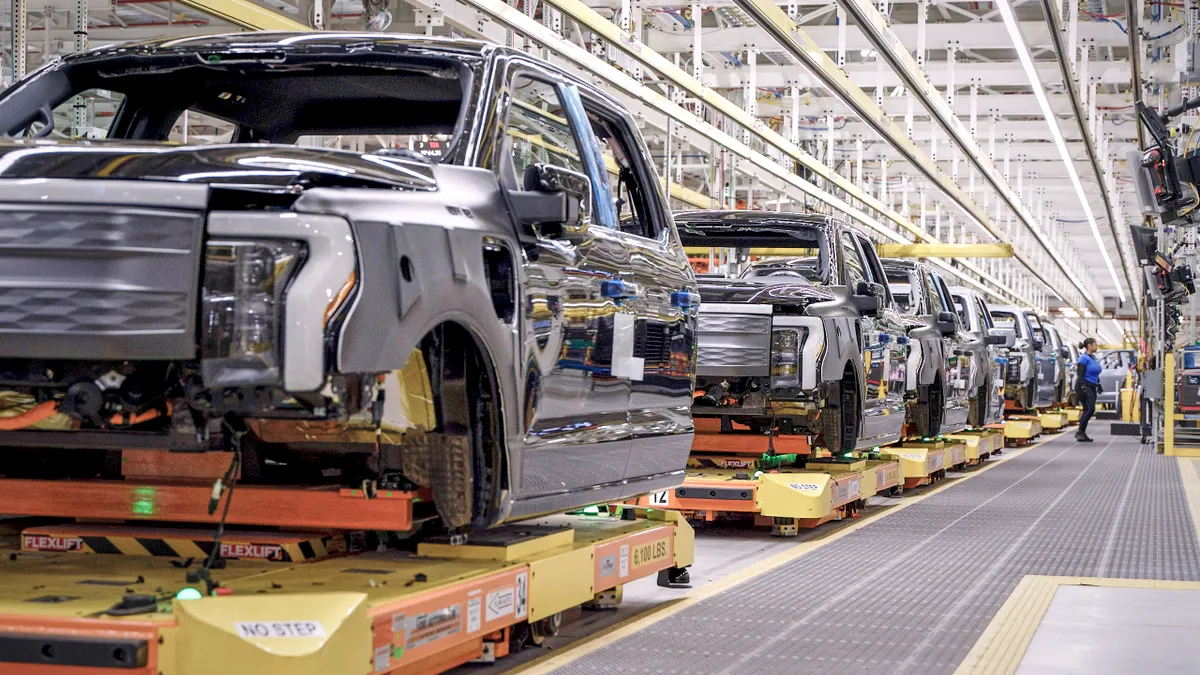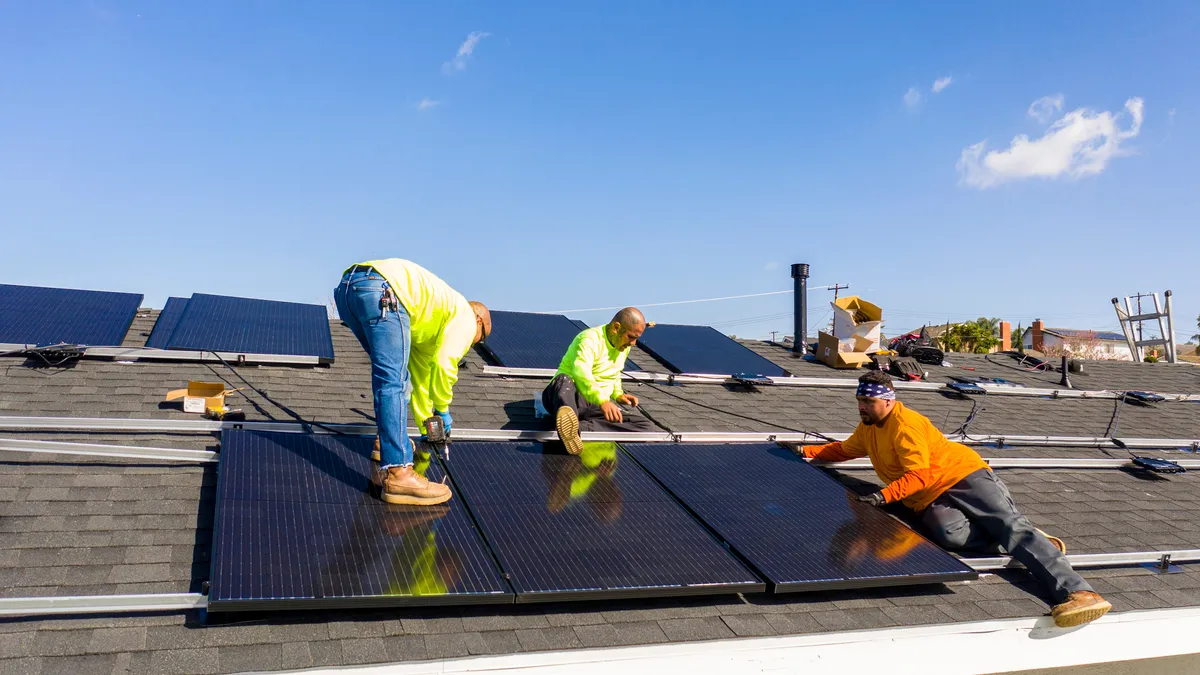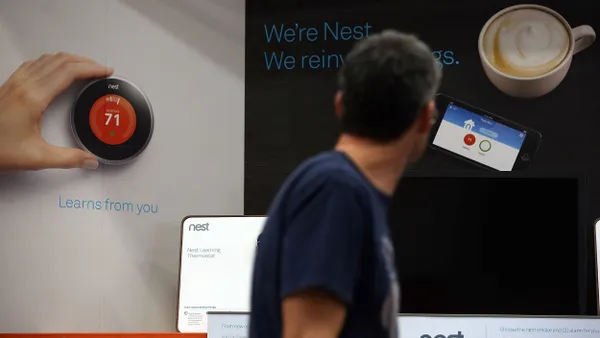Bill Crider is head of global charging and energy services for Ford Motor Co.
The next generation of electric vehicles is poised to offer capabilities far beyond simple transportation, including bi-directional charging, which allows EVs to not only draw power from the grid, but also discharge power. The capability of delivering energy from your vehicle’s battery to power your home or provide power back to the grid itself in times of need holds immense potential for grid resilience, renewable energy integration and customer savings.
While this innovation is exciting, a critical hurdle currently stands in the way: the often cumbersome and vaguely defined interconnection process for bi-directional systems. To enable this technology to seamlessly work for EV customers across the U.S., utilities must proactively address this challenge.
The critical distinction: Capable vs Enabled
Next-generation EVs will likely come equipped with hardware that could be used for bi-directional power flow. This means the vehicle's battery could discharge power to a home or directly to the electrical grid when the system is connected to the grid. However, enabling this bidirectional feature often involves activating software and additional costs, meaning many customers might never choose to use it, intending to use their EV solely as an electric automobile. With this emerging technology, how we define policy, standards and terminology matters to its future adoption.
The core issue lies in the regulatory definition of "bidirectionally capable." In many jurisdictions, this term is broadly interpreted to mean that any EV with the potential for bi-directional charging automatically triggers the full interconnection process. This process, designed to ensure safety and grid stability when distributed energy resources, or DERs, are operating in parallel with the distribution grid, can be complex, time-consuming and costly. Applying it to an EV that is merely "capable" but not "enabled" or "active" creates an unnecessary barrier for EV owners and burdens utility distribution engineers with meaningless busywork, increasing costs and wait times for all customers.
To avoid this regulatory quagmire, a clear distinction is needed. An EV can be "bidirectionally capable" due to its hardware and software, but it is only "bidirectionally enabled" or "active" once the customer has taken steps to activate the feature and the necessary safety checks and equipment are in place. Automakers are already demonstrating their ability to ensure an EV does not discharge power when grid-connected until the required interconnection process is successfully completed.
There is a crucial window of opportunity here. As more bi-directional EVs enter the market, clear, precise rules are essential to ensure the grid is protected, without stifling innovation or penalizing customers who simply want an electric car for mobility.
Utilities can take these 3 critical steps
To ensure next-generation EV drivers can fully benefit from everything these vehicles have to offer, utilities should implement the following three critical steps:
-
Adopt differentiated terminology for bi-directional EV states. Regulators and utilities must revise their interconnection rules to explicitly distinguish between an EV that is "bi-directionally capable" and one that is "bi-directionally enabled" or "bi-directionally active.” This differentiation ensures that only truly active bi-directional systems undergo the stringent interconnection review necessary for grid safety and stability. EVs that are merely capable but not actively discharging power when connected to the grid should be exempt from such requirements, preventing unnecessary burdens on customers and administrative overhead for utilities.
-
Implement tiered interconnection processes. Building on differentiated terminology, regulators and utilities should develop a tiered interconnection framework. For EVs that are "bi-directionally capable" but "inactive," a streamlined process — perhaps a simple notification or a light-touch registration — would suffice. The comprehensive interconnection review, including detailed safety checks and system impact studies, should be reserved exclusively for EVs that are "bi-directionally enabled" and actively participating in energy discharge when grid-connected. This approach reduces the administrative burden on utilities and customers alike, encouraging EV adoption and the eventual activation of bi-directional features when customers are ready.
-
Collaborate with automakers and help us educate customers. Proactive engagement with automakers is critical for regulators and utilities to understand the activation mechanisms, safety protocols, and grid-integration capabilities built into next-generation EVs. This collaboration can foster trust and inform the development of pragmatic regulatory updates. Additionally, regulators and utilities, in partnership with automotive companies, must clearly communicate these differentiated rules and benefits to customers. Educating EV owners about when and why interconnection is required for active bi-directional services will build manufacturer confidence, enhance the customer experience, ensure a safe, reliable grid and encourage the responsible adoption of these advanced technologies.
By taking these steps, regulators and utilities can pave the way for a future where EVs contribute significantly to a more resilient, efficient and sustainable energy ecosystem, benefiting both the grid and their customers.














